Sugar -free, less salt, low fat: "new lie" in the food industry
Author:Loud Time:2022.09.05

· ️ Deep Life Original · Author | Lee Xin Di
Buffett, the elderly stock, revealed to the media that he drank 5 cans of cola every day and had McDonald's three times a week. He felt that eating these can make him happy and feel that he is "the happiest old man in the world".
As soon as this statement came out, it caused a lot of controversy, and most of these disputes revolved around a pair of natural contradictions -can taste and health really take into account both? We walked into a Hema randomly, a "Gongbao Chicken Ding" color and fragrance, but the ingredient table could not bear to read -330g, the sodium content was 3098.7mg (939mg/100 grams). Salt "exceeds the daily salt intake of" Chinese Resident Dietary Guide (2022) "(hereinafter referred to as" Dietary Guide ") -5g of salt (about 2000 mg sodium).
Cola, milk tea, prefabricated dishes, burgers, potato chips, fried chicken legs ... they are all outstanding products of "food industry", convenient and delicious, but food companies must meet consumers' requirements for taste and convenience, and they must It is necessary to add salt, sugar, fat, or various additives, so it is also commonly known as "junk food".
Under the wave of consumption in pursuit of health, the food industry has entered an era of innovation. Sugar -free, less salt, and low -fat are infinitely enlarged as a healthy synonym, but is it the "conscience discovery" of the food industry, or is it a production concept of another marketing concept? Can the "impossible triangle" of "delicious, convenient, and healthy" finally achieve compatibility?
Delicious = "Salt and Sugar"
No one does not yearn for deliciousness. Based on this psychology of consumers, food companies will try their best to make food better.
A large number of "sugar" is one of the most common methods: listening to the 330ml of Arctic Ocean soda with sugar content of more than 30 grams; in a sample detection of the Ningbo Market Consumer Consumer Commission this year, a little milk tea with a cup of 750ml contains 99 in a little milk tea. Canty, in the detection samples of different brands of milk tea at 27 cups, the average sugar content per cup is 34 grams ... These data are much higher than the daily sugar content of not more than 25 grams of sugar.
And if you look at the ingredients table, you will find that you buy potato chips, biscuits, chocolate, small cakes such as potato chips, biscuits, chocolates, small cakes, etc., all of which contain a lot of sugar. Fruit tea and desserts sold on the streets and alleys are almost all products of sugar pile.
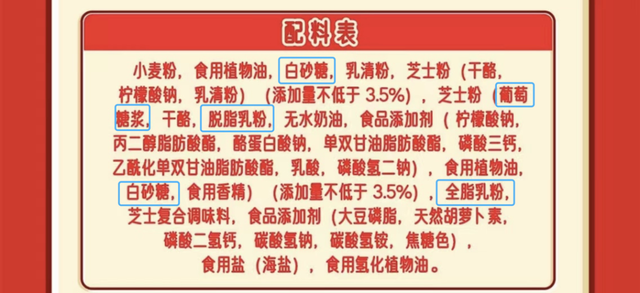
In the Taobao platform, an ingredients of the ingredients of the imported biscuits in the Taobao platform contain different types of "sugar" with different types of "sugar"
The reason why companies are keen to add sugar is because the "addiction" of human brain to sugar has a long history. In the early days of human development, sugar means gaining energy and storage of fat. With the development of industry, the improvement of sugar production and the richness of the type, it is also used in more foods, and humans rely more on it.
Not to mention that children love sweets, and even adults cannot resist the temptation of sweets -British Queen Elizabeth I have sweets per meal, and proud of "one bite of black teeth".
For food companies, people's dependence on sugar is actually an excellent business opportunity. Modern food companies even invented the concept of "bliss points" to study how to accurately add sugar to allow food to achieve consumer's greatest sensory enjoyment.
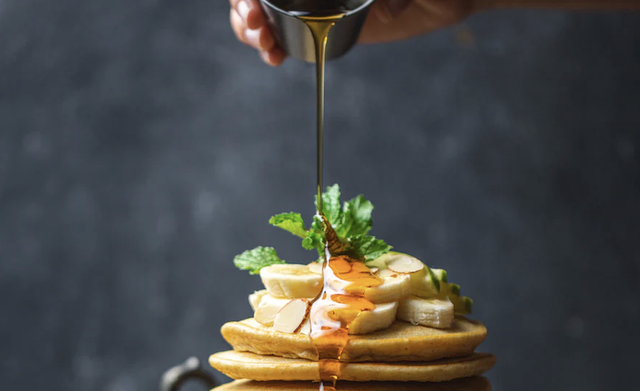
In the process of trying to make consumers "addicted", the "add salt" and "fat" methods often tried it repeatedly.
From the mouth to the intestine in the human body, there are nerve endings that detect "salt". "How the Food Giant Manipulates us" (hereinafter referred to as "Salt and Sugar"), "For food manufacturers, salt is a magical magic employee. It tastes sweeter, let the biscuits be brittle, can make Wahfu cakes solidified, can also cover up bitterness or make foods that have no taste ... "
And high -fat foods will have more temptations, such as making potato strips crispy and delicious, making the bread dry more soft, making the biscuits more loose, not fragile, softer, more delicious, and more delicious Essence Fat can also cover and highlight some taste in the food, such as covering the sour taste of the sour cream and showing the aroma.
Salt, sugar, and fat, these three ingredients are not isolated from each other. They are like the three colors of the palette, which can make the taste richer and balanced through countless combinations. In the words of the author of "Salt Salt", Michael Mos, it is "the stimulus of complex formula for the taste buds is just right, but it does not have a strong taste, so that the brain will not feel 'enough! I don’t want to eat it anymore '. "
More importantly, this "equilibrium" has unlimited answers. "Establish a mathematical model. By adjusting the accurate relationship between the" controlled factor "and 'consumer response", you can create a new product. "
The steady stream of delicious food allows consumers to continue to buy and buy, and food companies can get considerable sales. But consumer health has become a victim.

For convenience, at all costs
Consumers' demand for food is not just delicious, and convenience is equally important. Regarding "convenience", the most representative great invention is "instant noodles".
Instant noodles were invented by Ando Baifu, Chinese, Japanese, in the 1950s. In order to make the noodles be preserved and flavored, he borrowed the practice of tempura and fried noodles to lose water to achieve storage. At the earliest, he used the method of high temperature and high pressure to draw the thick juice of the stewed beef and chicken bone to make a nutritional agent for soup. By 1960, the dry noodle manufacturer Aoi Qingcheng used the method of adding feasting bags to allow consumers to season the instant noodles anytime, anywhere. In order to become better, the sodium content was high. This convenient product that is closely related to oil and salt is from Asia to the world. According to BBC data, by 2017, the world ate more than 100 billion instant noodles, which is equivalent to more than 13 times a per capita consumption of the earth.
Instant noodles are an important start in the historical long river of the food industry. With the faster rhythm of modern society, food companies are constantly developing more convenient foods, but looking at their ingredients tables, you will find that "convenient" is also piled up with a large number of "sugar, salt, fat".
For example, you want to use soy milk powder to shorten the time to fight soymilk in the morning. But look at the original soy milk powder of a national brand. Its ingredients table mainly contain soybeans, malt syrup, and malt paste. The malt syrup and malt paste are the bicotin and polysaccharides in sugar.
Some busy parents want to attract children to drink water with juice. Except for the "rich vitamin C" that contains food companies, this type of juice is almost unrelated to "fruit". In fact, the juice juice is basically blended with a variety of sugar and additives, which is not beneficial to the body.
In the past two years, the prefabricated dishes that have been popular because of the epidemic are also the same. In order to keep prefabricated dishes longer and taste better, food companies will add a lot of salt.
Just open a prefabricated vegetable product with a monthly sales of 1,000+ in Taobao, which shows in the nutritional component table announced on the product page that every 100g contains 1110mg of sodium. This means that this product of about 200g contains sodium with more than 2000mg (2g). There are so many daily salt intake recommended by "Diet Guidance".
The high sodium content is too high, which is a common problem for convenient foods such as all prefabricated dishes.
Three prefabricated dishes with different platforms
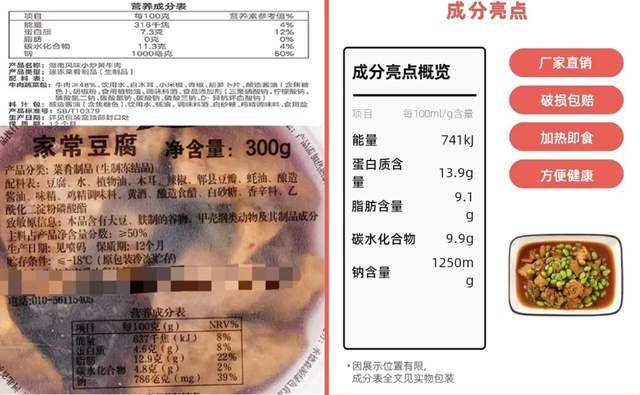
Just as companies want to do everything to make food more delicious, enterprises will also try everything to make food just easier.
For example, the pudding in the current Western restaurant is a dessert that can be prepared in advance and can be served on the table quickly. But in the middle of the 20th century, the United States took several hours to make pudding.
At that time, the U.S. General Food Company asked an employee to invented an instant pudding. The company initially took into account consumers' concerns and health, and insisted on trying with starch, sugar and natural spices, but never succeeded. But their competitors quickly used various synthetic substances to make this kind of pudding and applied for patents. In order to surpass their opponents, General Food Corporation of the United States has revoked all the constraints, requiring "as long as it can make an instant pudding in 30 minutes."
Health has become the object of sacrifice again.
Everything can escape the eyes of consumers

Food companies make food more delicious and convenient common operations, that is, add more sugar, salt, and fat. And the ubiquitous processing food means that these substances are easily intake.
This will cause huge damage to human health: excessive inges in sugar will increase the risk of overweight and obesity, and induce diabetes, heart disease, and malnutrition; excessive intake of salt may cause hypertension; excessive intake of fats Similarly. It can also lead to various cardiovascular diseases. At the same time, long -term intake of these ingredients will also have carcinogenic risks.
The harm caused by the food industry not only plagues the big food industry headed by the United States, but also plagues Chinese society.
According to the "Report of Nutrition and Chronic Diseases of Chinese Residents (2020)", more than 1/2 adults in China are overweight or obese. Obesity also led to diabetes. According to the Diabetes Association (ADA) diagnostic standards, the prevalence of total diabetes in Chinese adults is 12.8%, and the total number of diabetic diseases is about 129.8 million. Among them, the most frequent type of type II diabetes is caused by obesity. In addition to the elderly, in recent years, due to insufficient obesity, lack of physical activity, and poor diet, children, adolescents and young people have increasingly discovered type II diabetes.
People don't know nothing about the harm of the food industry. In order to cope with various concerns in the market, food companies have taken out the ultimate weight of "marketing": through "selective emphasis", let consumers' attention points focus on "healthy ingredients" and ignore unhealthy ingredients.
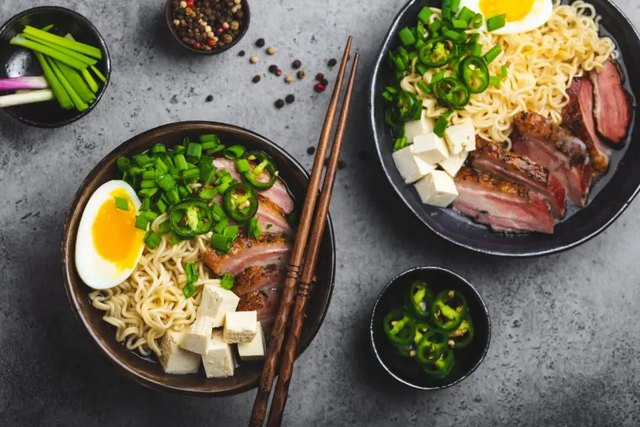
The most common technique of food companies is to use the poor knowledge between brands and ordinary consumers to sell, and it is healthy to pack an unhealthy thing.
For example, if drinks or food claims that you contain "concentrated fruit juice", you may feel that "because it is fruit juice, it is healthier." But it is not.
In the book "Salt and Sugar", the author dismantle the production of concentrated fruit juice into three steps: 1. Remove the peel and extract the juice from the pulp, which means the loss of a large amount of fiber; 2. Add bitterness to the juice to the juice. The compound, thereby adjusting the sweetness; 3. Evaporates the moisture in the juice.
This means that the concentrated fruit juice is basically pure sugar, with almost no fiber or anything else related to fruits.
In addition, many products now emphasize their "sucrose" on the packaging, trying to clear the boundary between themselves from unhealthy -but "sucrose" is completely different from "sugar -free", because sucrose is only the most common one of sugar. Just, this product may contain other sugars other than sucrose, such as "gloutose", "malt paste", etc. Excessive intake of them will still cause damage to the human body. At the same time, exaggerated marketing, hunger marketing, the appearance of food appearance/packaging/store decoration, with a impact visual effect to attract consumers, and also allows consumers to temporarily forget the unhealthy feeling.
In the Taobao platform, a sugar -free ingredient ingredients sold by a well -known light staple food store
From the first day of the birth of the food industry, its core goal is to sell products, and pursuing profits is also the only way for all enterprises to operate.
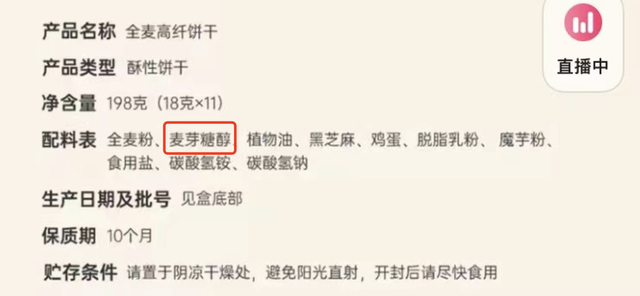
A good trend is that the current society's emphasis on health and emphasis on health. Entrepreneurs and investors also realize that "health" is a business opportunity. According to IT Orange, more than 20 "healthy diet" has been raised since 2021. According to the "True Exploration", most of the projects that have obtained financing emphasize "plant base" and "functionality". On the shelves of major e -commerce, convenience stores, and supermarkets, you will also see those products that are placed in the C position more and more hope that they have a relationship with "health", from sugar -free drinks, to low -fat chicken breasts, Light salt mustard, then to zero sugar yogurt.
But the bad trend is that it seems that companies in the food industry have smelled this wealth password called "health", and consumers have become more and more difficult to "healthy truth".
- END -
On July 4, there were no new local diagnosis cases in Guangxi; "69+266" nationwide

notEpidemic Speed ReportGuangxi epidemic At 0-24 on July 4, there were no new ...
Double -current key areas to go out before the results of 3 days and 3 inspections!Multi -regional risk levels in districts and counties are lowered
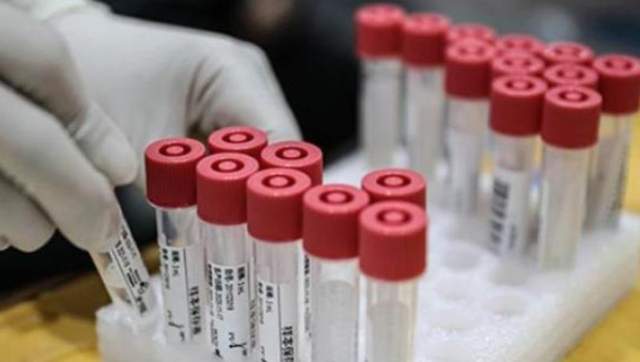
Chengdu Shuangliu District adjust risk level in some areasThe results of the key a...